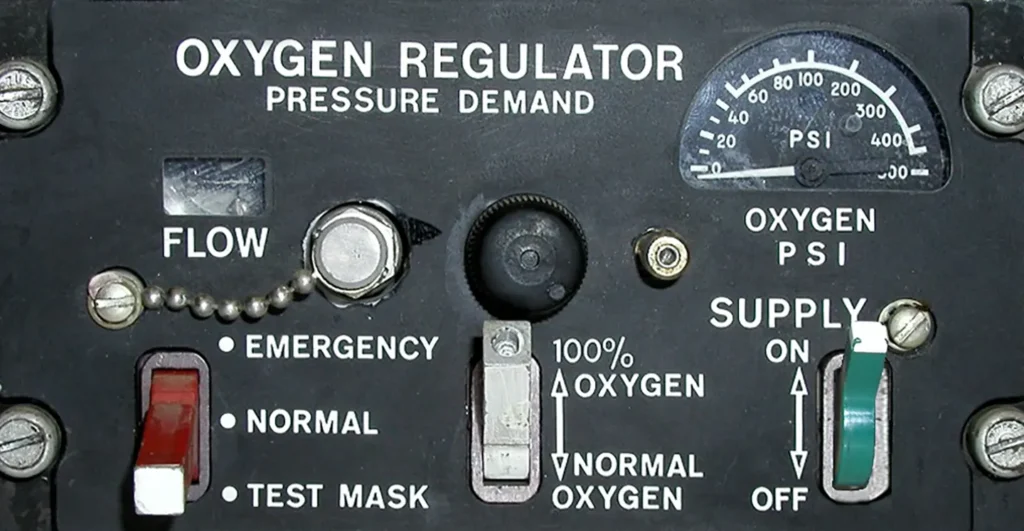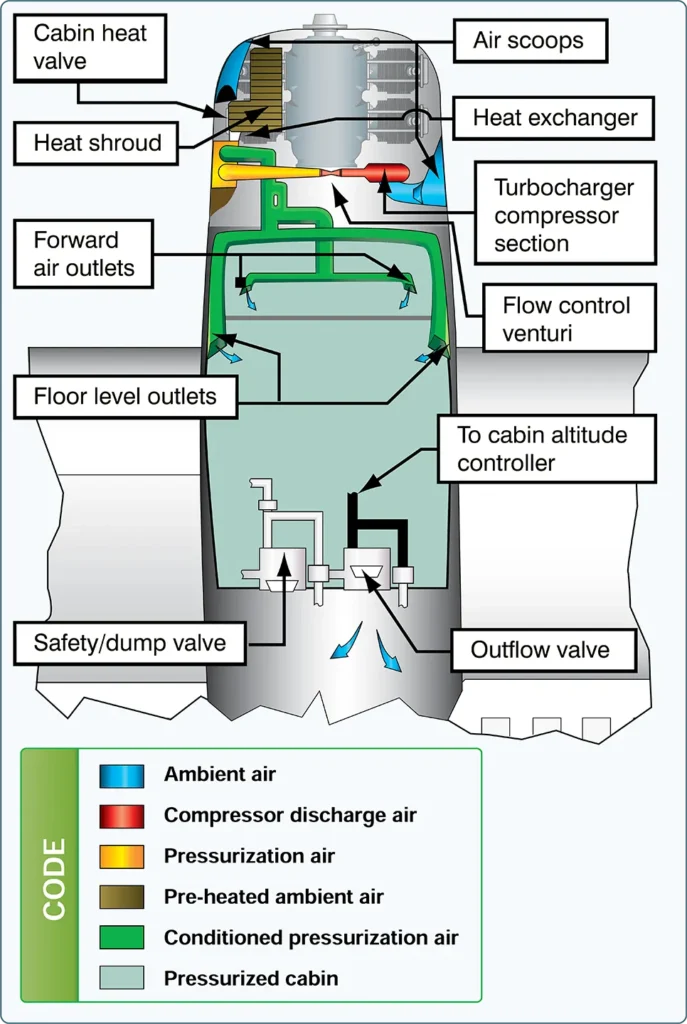Gyroscopic Flight Instruments
Aeronautical Knowledge, Flying TrainingSeveral flight instruments utilize the properties of a gyroscope for their operation. The most common instruments containing gyroscopes are the turn coordinator, heading indicator, and the attitude indicator. To understand how these instruments operate requires knowledge of the instrument power systems, gyroscopic principles, and the operating principles of each instrument. Gyroscopic Principles Any spinning object […]





